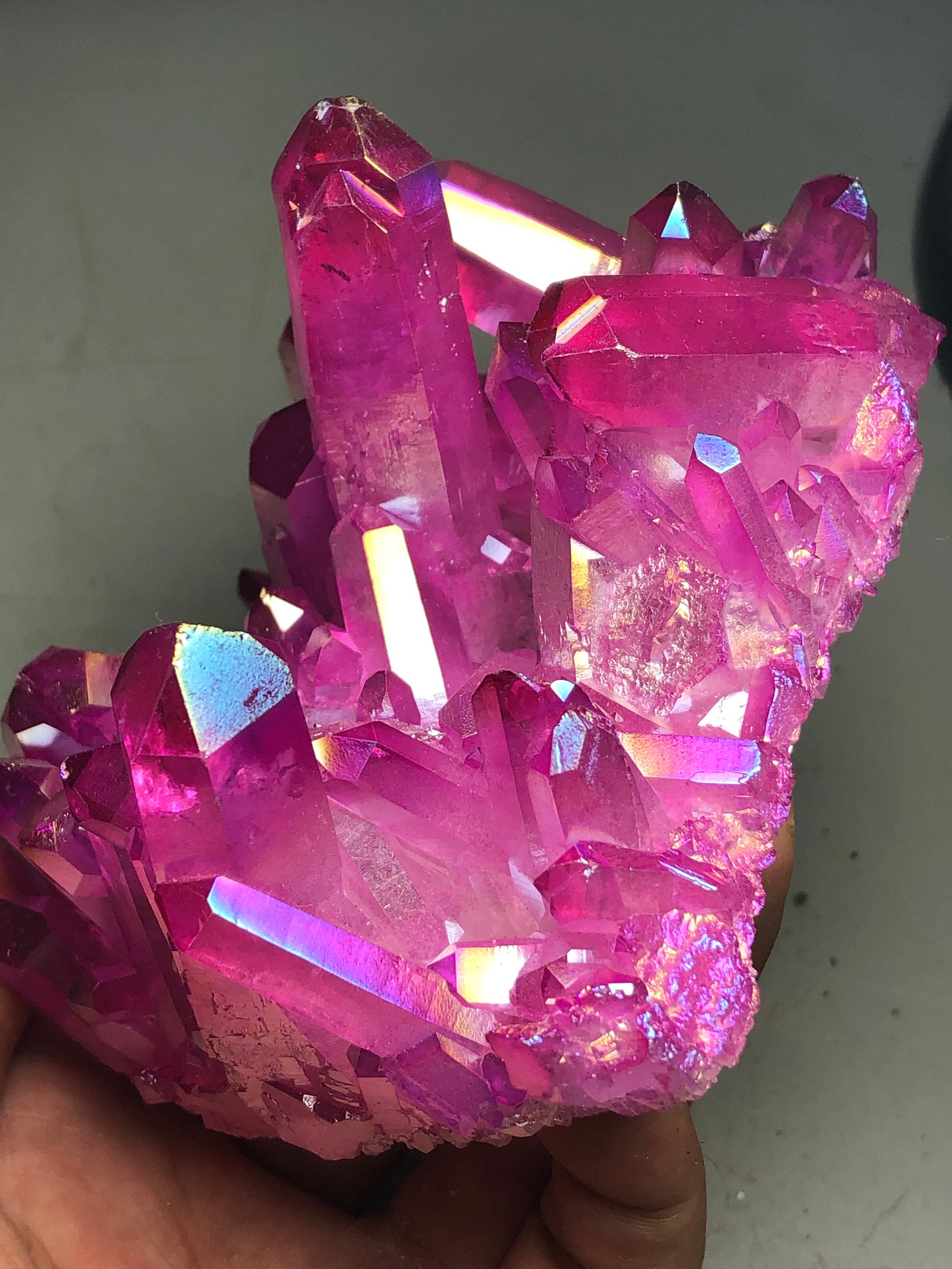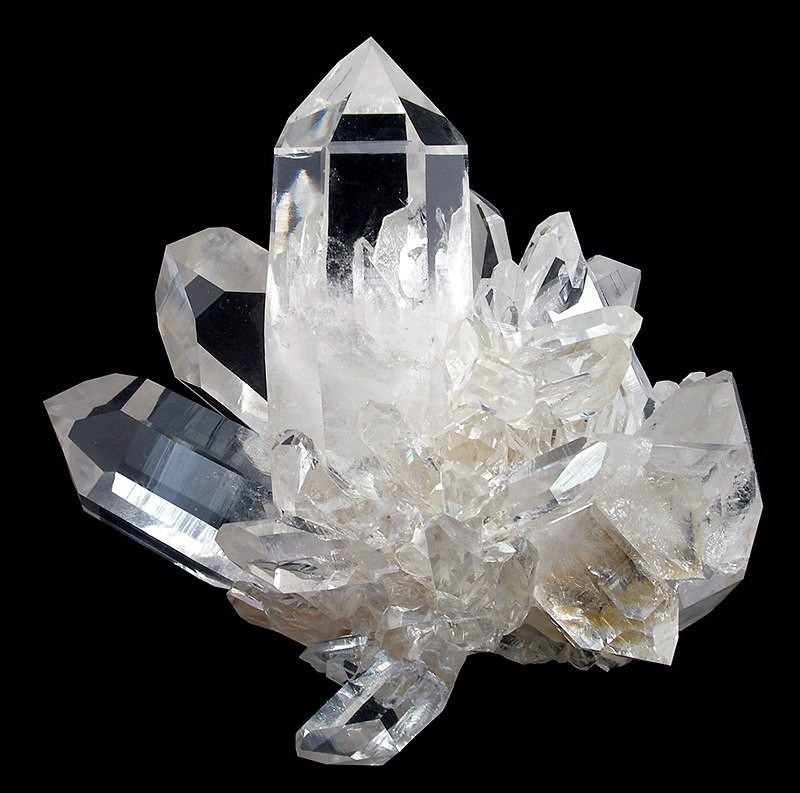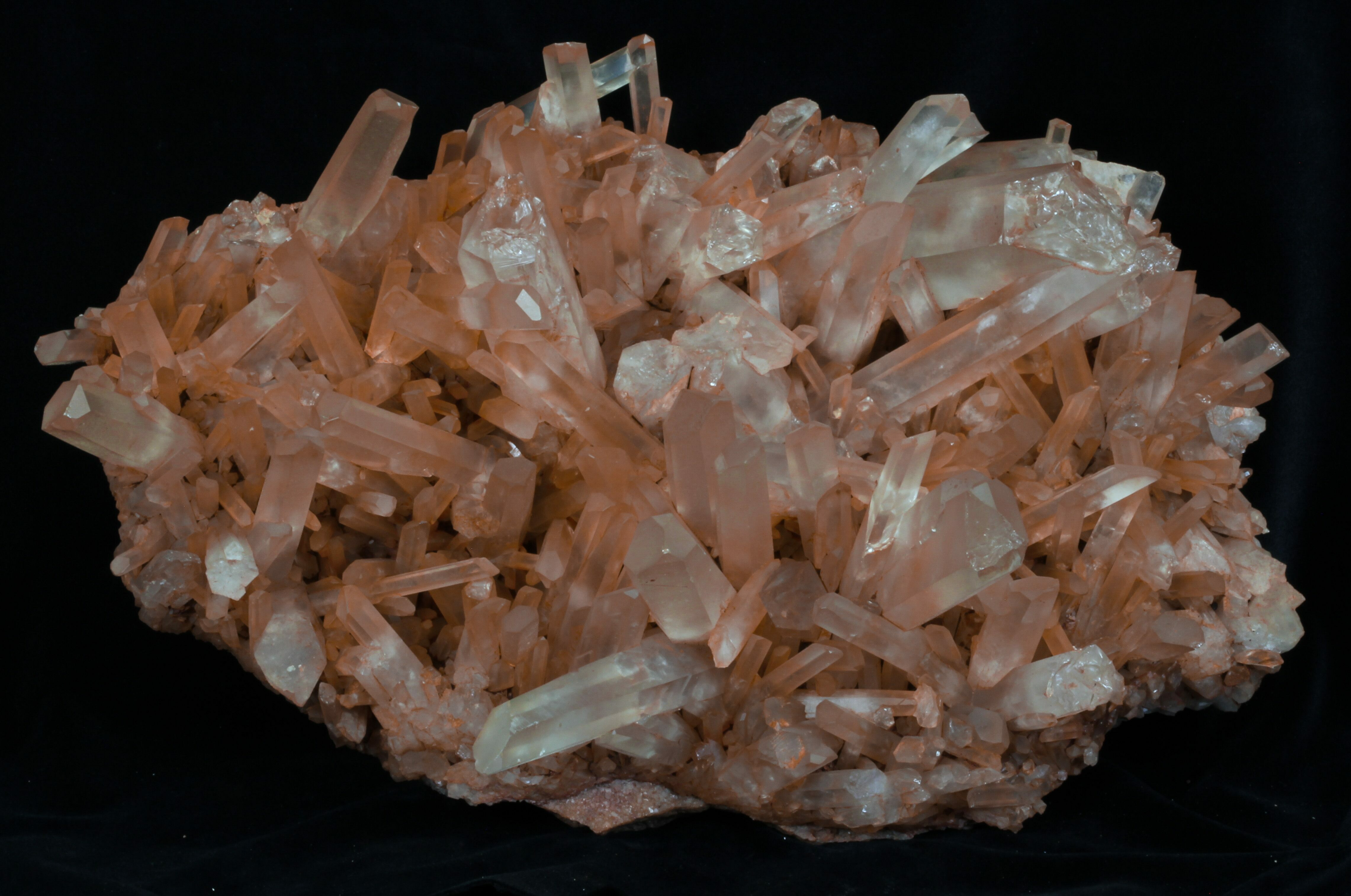

Prasiolite, an olive colored material, is produced by heat treatment natural prasiolite has also been observed in Lower Silesia in Poland.

Not all varieties of quartz are naturally occurring. White, translucent to opaque, may display diasterism Pink, translucent, may display diasterismĬontains acicular (needles) inclusions of rutile Yellow to reddish orange to brown, greenish yellow Translucent chalcedony with small inclusions (usually mica) that shimmer.įibrous gold to red-brown coloured quartz, exhibiting chatoyancy. Opaque chalcedony, typically red to brown Multi-colored, banded chalcedony, semi-translucent to translucentĪgate where the bands are straight, parallel and consistent in size. This does not always hold true.Īny cryptocrystalline quartz, although generally only used for white or lightly colored material. Color is a secondary identifier for the cryptocrystalline minerals, although it is a primary identifier for the macrocrystalline varieties. The cryptocrystalline varieties are either translucent or mostly opaque, while the transparent varieties tend to be macrocrystalline.Īlthough many of the varietal names historically arose from the color of the mineral, current scientific naming schemes refer primarily to the microstructure of the mineral. Chalcedony is a generic term for cryptocrystalline quartz. The most important distinction between types of quartz is that of macrocrystalline (individual crystals visible to the unaided eye) and the microcrystalline or cryptocrystalline varieties (aggregates of crystals visible only under high magnification). Quartz goes by an array of different names. Pure quartz is colorless or white, colored varieties include rose quartz, amethyst, smoky quartz and others. A quartz geode is such a situation where the void is approximately spherical in shape, lined with a bed of crystals pointing inward. Well-formed crystals typically form in a 'bed' that has unconstrained growth into a void, but because the crystals must be attached at the other end to a matrix, only one termination pyramid is present. In nature quartz crystals are often twinned, distorted, or so intergrown with adjacent crystals of quartz or other minerals as to only show part of this shape, or to lack obvious crystal faces altogether and appear massive.

The ideal crystal shape is a six-sided prism terminating with six-sided pyramids at each end. Quartz belongs to the rhombohedral crystal system. 2.1 Synthetic and artificial treatments.Quartz has a hardness of 7 on the Mohs scale and a density of 2.65 g/cm³. It is made up of a lattice of silica ( Si O 2) tetrahedra. info) ) is the second most common mineral in the Earth's continental crust, feldspar being the first.Clear (if no impurities) also see VarietiesĦ-sided prism ending in 6-sided pyramid (typical)Ģ.65 constant variable in impure varieties


 0 kommentar(er)
0 kommentar(er)
